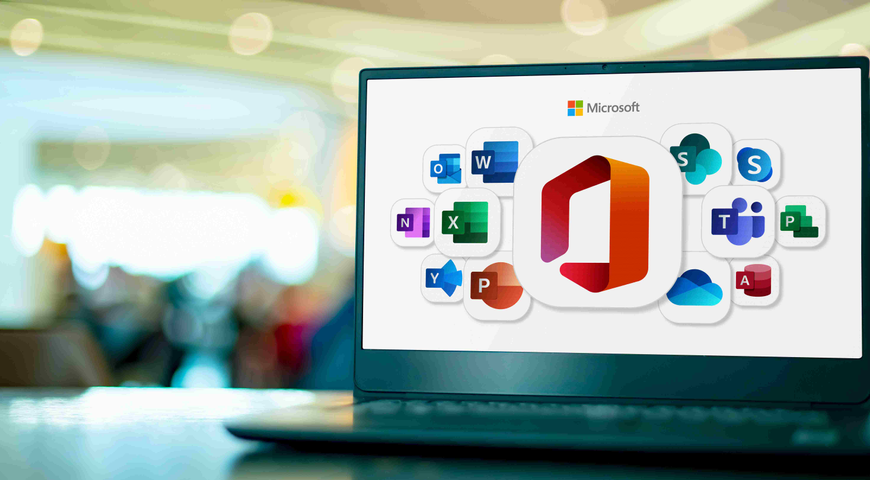This time of year, everyone’s starting to think about how to shed the extra baggage incurred by drinking too much eggnog and eating too much pie. But there’s another area prone to bloat that we should all be thinking about targeting: our devices.
While a juice cleanse might leave you glowing, and a personal trainer might help you finally get those six-pack abs, a data detox could help you start the new year organized, secure and at peace with your files. Here’s how to do a 9-step data detox:
1. Put Folders to Good Use
The best place to get started is to assess the files that have collected on your computer, including documents, photos, videos and any other detritus that has built up. First, determine what you really need to keep. Delete the rest. Then build folders that are organized by areas of your life. Choose simple titles that you’ll be able to remember. For photos and videos, you should take this a step further and organize by year and month, to make it easier to find images when you want them.
2. Delete Apps You Don’t Use
Apps can take up a huge amount of space on your smartphones and tablets. For any paid apps, save a copy on your computer (to either iTunes or its equivalent). For free apps, if you haven’t used it in the last three months, get rid of it. This should free up a significant amount of space on your device, which will help it run smoother and faster.
3. Clear Off Your Desktop
Desktop bloat is an insidious problem, and it can actually slow down your computer. Make sure all of the files you keep there “just in case” are labeled well and then file them into the appropriate folders that you’ve created in step one. Finally, put one small folder called “temporary” on your desktop and get in the habit of checking it weekly and filing those items away. A clear desktop leads to a clear mind.
4. Organize Your Bookmarks
We tend to bookmark things that we want to go back to… and then never go back to them. The new year is a great excuse to weed out the ones you’ll never go back to and file the rest away so that they’re easier to find. You can also use a tool like Evernote to put them in a single, cloud-based, searchable location, making it far easier to find them in the future when you suddenly have an itch to watch that clip from Anchorman again…
5. Inbox Zero
Inbox zero is a laudable goal that most of us rarely achieve on a day-to-day basis. While the inflow is stemmed somewhat, take the opportunity to clear out whatever is left behind. If there is action to be taken, add it to your to-do list. You can also use an add-on tool like ActiveInbox for Gmail to sort and prioritize information as it arrives. Make 2014 the year you keep your inbox at zero on a regular basis.
6. Clean Out Your Other Email Folders
While you’re at it, go through your drafts folder. Things often get stuck there (if you’re anything like me, most of them are blank). Make sure there’s nothing important waiting to be sent (oops) and clear it all out. Then go through your spam folder and ensure you haven’t missed anything vital. Delete what’s left and start 2014 with a fresh mailbox. You may also want to go through some of your other folders and clean them out. Be liberal with the “archive” tool, too: remember that email is meant to be searchable.
7. Unsubscribe
Junk email is the bane of everyone’s existence. If you want to end the influx of this, start unsubscribing yourself from every single unwanted email that comes through. You can also use a tool like Unroll.me to batch unsubscribe, but be sure to check your settings regularly to make sure it isn’t filtering out things that are important. While you’re at it, download an app like PaperKarma that helps you stop physical junk mail from arriving at your home. The less junk we have to deal with, the more productive we can be.
8. Get Thee to the Cloud
Once you’ve combed through your files and gotten rid of anything extraneous, you should back up what is left. Storing documents on your device’s hard drive only is a recipe for disaster. It’s much safer to store them in the cloud, where they can be accessed from any device in the event of loss, theft, breakage or malfunction. Sync all of your files to the cloud and ensure that your system is set up to automatically back up there on a regular basis so that you never have to worry about it again.
9. Do a Full System Backup
Of course, the cloud isn’t perfect. You should also do a full backup of all of your device to an external drive that is stored in a different location. This includes files, applications and the operating system! After doing the full backup, make sure you do regular incremental backups to save any changes you make to files or systems. This will ensure that if anything ever happens to your device, your data will be safe and waiting for you to simply upload it to a new device.
What about you? Are you doing a data detox for 2014?
About Acronis
A Swiss company founded in Singapore in 2003, Acronis has 15 offices worldwide and employees in 50+ countries. Acronis Cyber Protect Cloud is available in 26 languages in 150 countries and is used by over 20,000 service providers to protect over 750,000 businesses.




